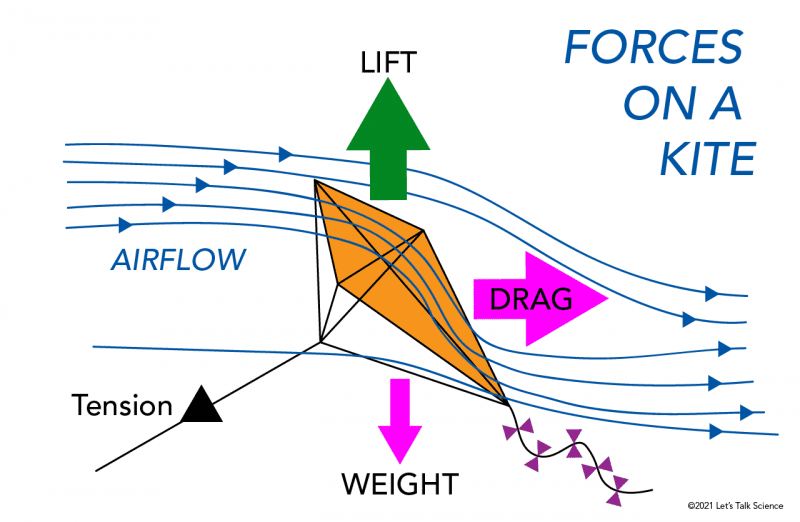Your cart is currently empty!
PTSD and Depression: Differences and Similarities in Symptoms
By Christella LUMAMBA, Mentee Writers Hub/GBV & Youth Rights Awareness
In refugee settings, mental health conditions such as Post-Traumatic Stress Disorder (PTSD) and depression are prevalent due to the traumatic experiences and challenges faced by individuals. While these disorders share certain symptoms, they also have distinct characteristics that affect behavior and daily functioning differently.
Case Study I: Sarah’s Experience with PTSD
Sarah, a 16-year-old girl from the Democratic Republic of Congo, resides in the Kyaka II Refugee Settlement. After witnessing the violent loss of her parents during the conflict, she exhibits several symptoms indicative of PTSD:

- At Home: Sarah experiences frequent nightmares and flashbacks, leading to insomnia. She avoids family discussions about their past, becoming withdrawn and irritable when the topic arises.
- At School: In the classroom, Sarah is easily startled by sudden noises, causing her to lose concentration. She sits near exits and often scans the environment for potential threats. Her participation in group activities has declined, and she avoids interactions with peers.
- Social Interactions: Sarah’s conversations are often terse. She avoids crowded areas within the settlement and declines invitations to social gatherings, preferring isolation.
Sarah’s symptoms—re-experiencing traumatic events, hyperarousal, and avoidance behaviors—are characteristic of PTSD. While she exhibits signs of distress and withdrawal similar to depression, her persistent hypervigilance and trauma-specific triggers distinguish her condition as PTSD.
Case Study II: David’s Experience with Depression
David, a 17-year-old refugee from Rwanda, also lives in the Kyaka II Refugee Settlement. Having endured prolonged displacement and the loss of his home, David shows signs of depression:

- At Home: David spends most of his time lying down, expressing feelings of hopelessness about the future. He neglects personal hygiene and has a diminished appetite, leading to noticeable weight loss.
- At School: In the classroom, David appears disengaged, with declining academic performance. He struggles to concentrate and often forgets to complete assignments. Unlike Sarah, he does not exhibit hypervigilance or startle easily.
- Social Interactions: David has withdrawn from friendships and no longer participates in soccer, an activity he once enjoyed. He speaks slowly, with a flat affect, and avoids eye contact during conversations.
David’s pervasive sadness, loss of interest in previously enjoyed activities, and physical symptoms like changes in appetite and sleep patterns are indicative of depression. Unlike Sarah, he does not experience flashbacks or avoidance related to specific traumatic events, which helps differentiate his condition from PTSD.
Similarities and Differences in Symptoms
Similar Symptoms:
- Emotional Numbness: Both individuals exhibit emotional withdrawal and a lack of engagement in activities.
- Social Withdrawal: Sarah and David both avoid social interactions, though the underlying reasons differ.
- Concentration Difficulties: Both experience challenges in maintaining focus during school activities.
Distinct Symptoms:
- Re-experiencing Trauma (PTSD): Sarah has flashbacks and nightmares specific to her traumatic experiences, a hallmark of PTSD.
- Hyperarousal (PTSD): Sarah’s heightened startle response and constant environmental scanning are specific to PTSD.
- Persistent Sadness (Depression): David’s ongoing feelings of hopelessness and pervasive low mood are characteristic of depression.
- Anhedonia (Depression): David’s loss of interest in activities he once enjoyed, like playing soccer, is typical of depression.
Evaluation Questions

To further understand the distinctions between PTSD and depression, consider the following questions:
- Which condition is characterized by flashbacks and nightmares related to a traumatic event?
- Which disorder commonly involves a persistent feeling of sadness and loss of interest in daily activities?
- Hypervigilance and an exaggerated startle response are symptoms most associated with:
- Social withdrawal can be a symptom of:
- Loss of interest in previously enjoyed activities is termed:
- Avoidance of reminders of a traumatic event is a behavior commonly seen in:
- Which condition may involve feelings of worthlessness and excessive guilt?
- Nightmares unrelated to a specific trauma are more indicative of:
- Difficulty concentrating can be a symptom of:
- Which disorder is more likely to involve re-experiencing a traumatic event?
Conclusion
Understanding mental health conditions such as PTSD and depression in refugee contexts is crucial for providing appropriate support and care. While there are overlapping symptoms, recognizing the key differences between these conditions can lead to more effective interventions and healing processes. The cases of Sarah and David illustrate how trauma manifests differently in individuals and emphasize the need for tailored mental health strategies.

We encourage you to reflect on these case studies and share your thoughts by answering the evaluation questions. Discuss your answers and insights in the comments section below to deepen the conversation and help raise awareness about mental health in refugee contexts.
Christella LUMAMBA, Mentee Writers Hub/GBV & Youth Rights Awareness


-
Youth and Finance Series #3: The Parable of Tamaa and Mnyenyekevu
-
Understanding Mental Health Conditions in Refugee Contexts (Part III): Case Studies I & II
-
Understanding Surface Tension
- Energy Essentials: Youth in a Power-Driven World/Manzi BIRAGUMA, Real-World Physics/Claude TUYISHIME
Turning Solid Waste into Gas for Home, Industrial, and Vehicle Fuel Use
-
Youth and Finance Series #2: Mastering the Art of Budgeting
-
Youth and Finance Series #1: The Saving Mindset
-
Understanding Mental Health Conditions in Refugee Context (Part II): Depression
-
Understanding Mental Health Conditions in Refugee Contexts (Part I): PTSD
-
Youth Mental Health Matters
-
Using Energy Sustainably in the Community

Powering Our Future: Exploring Energy Sources and the Journey to Sustainable Solutions

Mastering the Wind: How Air Resistance Shapes Our World
5 responses to “Understanding Mental Health Conditions in Refugee Contexts (Part III): Case Studies I & II”
1. Is PTSD
Actually all even numbered question are ptsd and the odd ones are depression and we need more questions lie these ones
A very nice observation. I also had that in mind
My evaluation Questions and the answers I think fits the questions according to me and my experiences in mental health settings
Which condition is characterized by flashbacks and nightmares related to a traumatic event.
Answer: Post-Traumatic Stress Disorder (PTSD)Which disorder commonly involves a persistent feeling of sadness and loss of interest in daily activities.
Answer: DepressionSocial withdrawal can be a symptom of:
Answer: Both Post-Traumatic Stress Disorder (PTSD) and DepressionThe above provides a valuable overview of PTSD and depression, effectively illustrating their distinct characteristics through the cases of Sarah and David. However, I am particularly fascinated by the statement: In refugee settings like Kyaka II, accurate diagnosis can be challenging. And therefore in Kyaka ii many young people silently experience PTSD and depression and no actions taken to address this issue by relevant authorities.
Hello, Nduwayo Innocent!! The statement that has fascinated you isn’t just a statement but a reality. Many young people are extremely depressed and have ptsd but are not fully supported like it should be, so i think the concerned authorities should have a serious and devised way to help the young people in the community.. Thank you

Leave a Reply